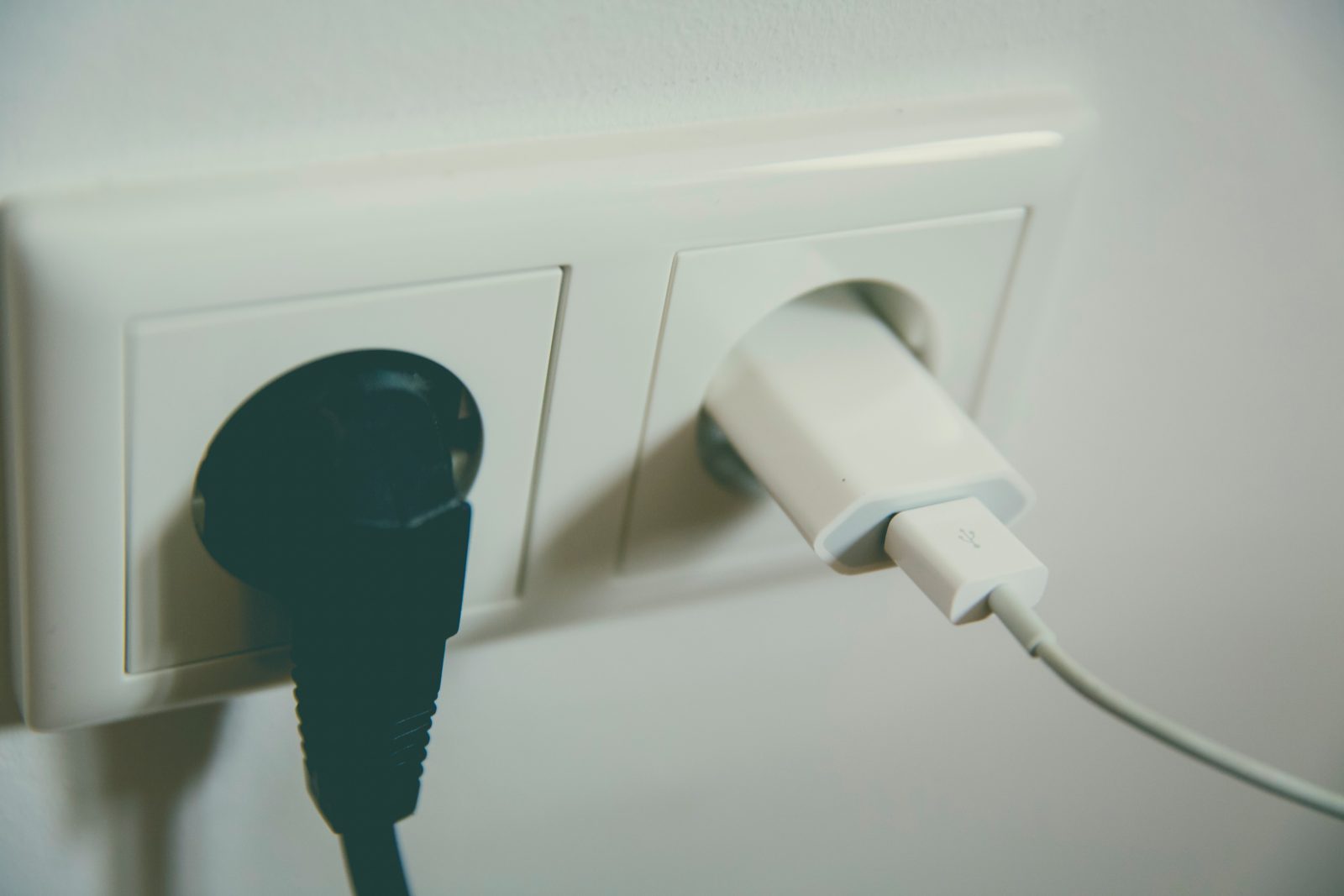Recently, the sharp increase in energy prices has prompted most households to find ways to save on heating costs. According to a survey conducted by Epet, eight out of ten people reduced their energy consumption during the previous heating season. The company reports that many individuals intend to continue these energy-saving practices this year. So, how can you achieve this?
One of the critical factors in reducing energy consumption is adjusting the temperature at which your living space is heated. Lowering the temperature by just one degree can result in a five to ten percent decrease in energy usage. On average, reducing the temperature by three degrees can lead to an 18 percent decrease in energy costs.
Maintaining a temperature around 20 degrees Celsius for the living room can be sufficient, while a temperature of around 17 degrees Celsius is often suitable for sleeping. Additionally, it is advisable to ventilate the rooms briefly but intensively by opening all windows for a few minutes.
Proper curtain and drape length are also essential to ensure good air circulation. The edges of curtains and drapes should end above the radiators to allow unobstructed airflow. It is also recommended to periodically release air from radiators and keep furniture away from them. In rooms that are not frequently used, you can save energy by reducing the temperature to a minimum.
In the kitchen, a significant amount of energy and water is consumed. To minimize energy usage, only heat the necessary amount of water. For example, when using a kettle, fill it with the water needed for heating. When cooking, a lid can help quickly bring water to a boil.
The size of the stove burner also matters. Avoid using a small pot on a large burner or vice versa. Additionally, it is advisable to avoid cooking in dark, matte pots. The surface treatment of such banks hinders efficient heat transfer to the food, resulting in more heat absorbed by the surrounding air. Opting for shiny, chrome-plated pots is a better choice.
It is recommended to run the dishwasher only when it is fully loaded. Dishwashers with eco-friendly programs are unbeatable in terms of water and electricity consumption.
For combined refrigerators, the temperature should be between 5 and 7 degrees Celsius, while the freezer should be at -15 degrees Celsius. Unnecessary cooling and freezing lead to higher energy consumption and bills.
Regularly defrosting your fridge and freezer is also essential. An ice layer thicker than three millimeters increases freezer energy consumption by up to thirty percent. Furthermore, keeping the refrigerator away from the stove or heating sources is advisable. Each additional degree in the environment surrounding the fridge increases its energy consumption by approximately four percent.
When bathing, taking a short three to five-minute shower is significantly cheaper than taking a bath or having prolonged rains. A four-minute battery is three to four times more economical than a filled bathtub. Heating water to a temperature of 50 to 60 degrees Celsius is sufficient.
Place the water heater in an insulated room and use a two-tier electricity rate. Set the heater to operate during hours when electricity rates are lower, typically in the morning and at night.
You can also save energy when doing laundry. Washing clothes at a temperature of 30 degrees Celsius, filling the washing machine up to three-quarters of its capacity, and using the eco-friendly program can save you 30 to 40 percent of electricity compared to regular washing.
Regular maintenance of your gas boiler can lead to significant savings. A well-maintained boiler can save you several thousand crowns annually due to its lower energy consumption. Annual servicing of the gas boiler by an authorized technician is also a condition for maintaining the warranty for new appliances.
Implementing these energy-saving measures can reduce energy consumption and contribute to a more sustainable future.





